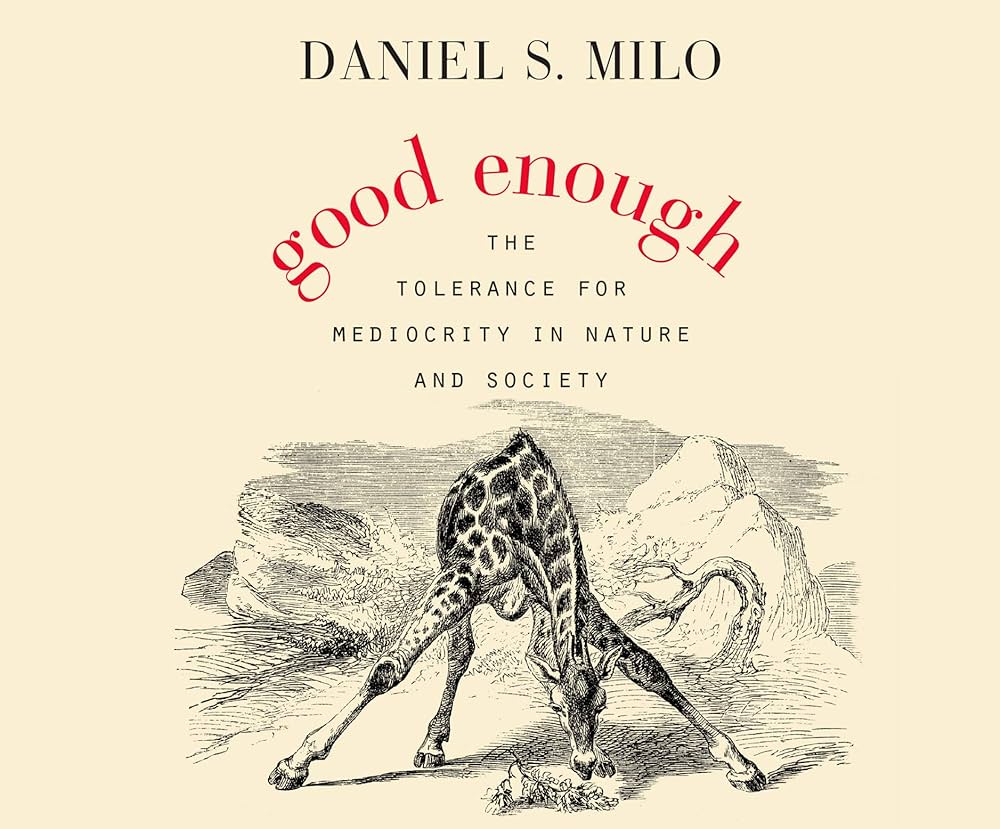
|
Daniel S. MiloGood Enough - The Tolerance for Mediocrity in Nature and Societyp. 41 |
The organic law of the balancing between the volumes of organs
“…One cannot meet a body more cramped from front to back.” But he also thought to explain, in universal terms, the giraffe’s thriving in spite of such disproportionality. He credited the “organic law” of “the balancing between the volumes of organs,” whereby “asystem of organs acquires a dimension out of proportion only when other organs are restricted and reduced by an equivalent amount.” This notion of physiological trade-offs was axiomatic among scientific minds of the era and is maintained even in today’s evolutionary language. As Goethe wrote and Darwin quoted in the Origin, “The budget of Nature is fixed, but she is free to dispose of particular sums by any appropriation that may please her. In order to spend on one side, she is forced to economize on the other side.” Saint-Hillaire thought the giraffe’s disproportions a “memorable” example of this law at work.